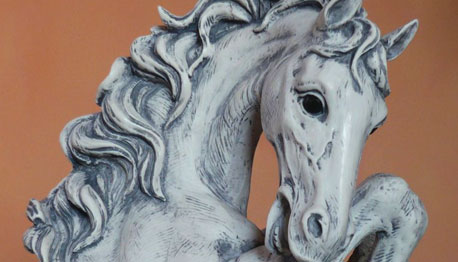CAPITONI 2019 Orcia Riserva DOC
Reference: CPTCAOR19
 Security policies
Security policies
Transactions on PayPal secure server
 Terms and Conditions
Terms and Conditions
Read our term and conditions
CAPITONI Orcia Riserva D.O.C.
The fruit of four hectares of vineyards planted in 1999.
Ideally aspected: south-facing so that the crowns of the vines offer perfectly perpendicular shade.
The vineyards are situated at an altitude of 464m a.s.l. on medium-textured soil consisting of clay and sand bedding with particularly visible fragments of fossil shells dating back to the Pliocene and late Pliocene eras – 4-5 million years ago – when the whole area was covered by the sea.
They are planted at a density of 5,000 plants per hectare and trained with the unilateral spurred cordon system. Total: 14,000 Sangiovese vines and 6,000 Merlot.
Taking into account the obvious variations between different vintages, the wine is rounded on the palate with aromas of red and black berry fruit, toasting and light spice.
It is harmonious and balanced with rich tangy peaks typical of the nature of the soil where the vines are grown, endowing the wine with its unique and recognisable character of which we are extremely proud.
Blend: Sangiovese 85% Merlot 15%
Harvesting period: Merlot second week of September, Sangiovese first week of October.
Harvesting method: Manual, in perforated baskets
Vinification techniques: after soft crushing and destemming the grapes are fermented in stainless steel vats at a controlled temperature for 21 days.
Fermentation: naturally, with ambient yeasts and no addition of cultured yeasts.
Ageing techniques: barriques for 24 months then bottles for a further 12 months minimum, in temperature-controlled conditions.
The wine continues to mature with time, becoming softer and more stylish.
.
Pienza, a town and comune in the province of Siena, in the Val d’Orcia in Tuscany (central Italy), between the towns of Montepulciano and Montalcino, is the “touchstone of Renaissance urbanism.”
In 1996, UNESCO declared the town a World Heritage Site, and in 2004 the entire valley, the Val d’Orcia, was included on the list of UNESCO’s World Cultural Landscapes.
Pienza was rebuilt from a village called Corsignano, which was the birthplace (1405) of Aeneas Silvius Piccolomini (Italian: Enea Silvio Piccolomini), a Renaissance humanist born into an exiled Sienese family, who later became Pope Pius II. Once he became Pope, Piccolomini had the entire village rebuilt as an ideal Renaissance town. Intended as a retreat from Rome, it represents the first application of humanist urban planning concepts, creating an impetus for planning that was adopted in other Italian towns and cities and eventually spread to other European centers.
The rebuilding was done by Florentine architect Bernardo Gambarelli (known as Bernardo Rossellino) who may have worked with the humanist and architect Leon Battista Alberti, though there are no documents to prove it for sure. Alberti was in the employ of the Papal Curia at the time and served as an advisor to Pius. Construction started about 1459. Pope Pius II consecrated the Duomo on August 29, 1462, during his long summer visit. He included a detailed description of the structures in his Commentaries, written during the last two years of his life.
Data sheet
- Code
- CPTCAOR19
- Winemaker
- Azienda Agraria Capitoni Marco
- Bottle
- lt. 0,75
- Alcoholic strength
- 15% vol.
- Grapes
- Sangiovese 85%, Merlot 15%
- Awards
- AIS Quattro Viti

















